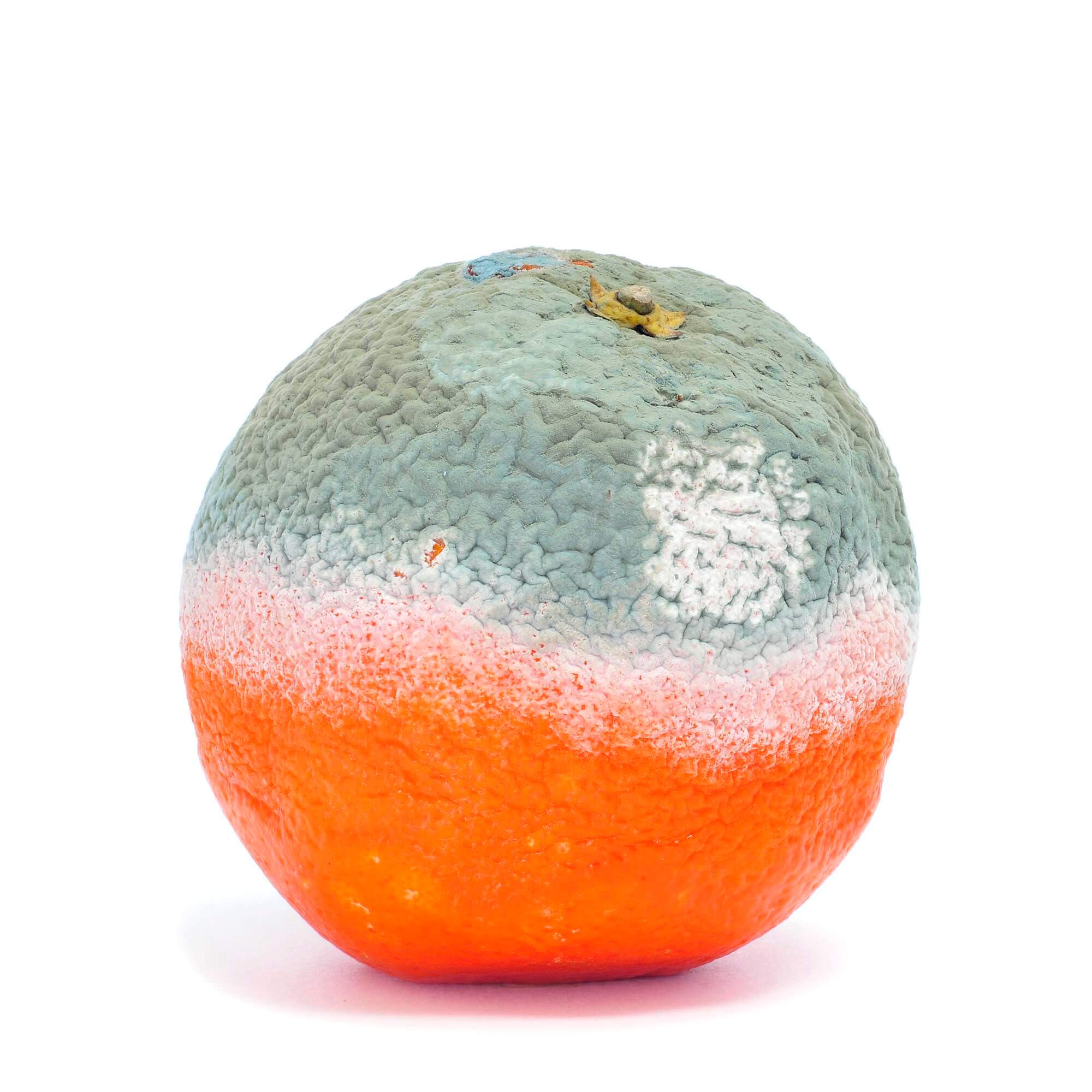Mold can present a serious problem for your home or your business. Black mold is toxic and can have serious health consequences, meaning even a small amount is reason to worry. And perhaps the most frustrating part about mold is that it can very well come as yet another consequence of a serious disaster in your property, such as a flood or fire. However, mold is also not all that difficult to understand: if you know how it forms, you can figure out where it will form and actively work to prevent it from taking root.
To put it simply, mold requires three basic conditions to be present in order to truly spread. As long as these conditions are present, spores can generally start the basic foundations of a colony in as little as 48 to 72 hours. However, if you work quickly to remove these conditions, the mold may simply never have a chance to grow, preventing the issue right from the start.
Condition #1: There Is a Carbon-Based Food Source
The first thing mold needs to grow and flourish is a source of nutrients. Any organism needs some sort of a source of food it can use to create energy, and in the case of mold this generally comes in the form of a carbon-based material. This explains why mold tends to grow on things like food, and also how other naturally-occurring materials tend to attract mold over time as well. Wood, including your house’s structure, cotton-based materials like rugs, carpets, window treatments, or towels, and even drywall are all carbon-based and thus make a great food source so long as other conditions are right.
Generally, you’ll find mold forming on these types of materials, however only instances where the other two conditions that we will discuss here are also present. Just because you have a carbon-based material in your home doesn’t necessarily make it primed for mold growth, and likewise, mold won’t automatically target something just because it’s carbon-based.
Condition #2: There Is a Source of Moisture
Much like any other type of living organism, mold requires a source of moisture (water) to sustain itself in addition to food for nutrients. However, unlike other living organisms, mold is incapable of getting up and moving between a food source and a water source. That means it needs the food source to also be capable of providing moisture, and it does this by being either wet or in an area that contains a high amount of water vapor that the mold can absorb.. This is why mold always tends to take root in areas that are almost constantly wet, have high humidity, or at least remain damp for long periods of time (several days at a minimum).
What is one circumstance that can cause many areas of your home to suddenly become wet for long periods of time? Simple: a flood. Whether caused by a burst pipe or by heavy rainfall, any type of flooding can generally lead to mold growth within about 2 days of the first signs of water damage. Likewise, the absorbed moisture and limited airflow through vulnerable areas like inside your walls and in your floors can keep the moisture present for up to weeks or even months. Thus, mold flourishes in these spots. This is why one of the best things you can do in the immediate aftermath of a flood is to immediately focus on drying out the impacted areas: removing the water and vapor can get rid of this important condition for mold growth.
Condition #3: There Is Protection from the Sun
Finally, the last condition that needs to be present is protection from harmful radiation. Mold spores are tiny: microscopic, in fact. At their immensely small size, even a small amount of radiation from the sun can destroy them almost instantly. With that in mind, it’s easy to see the third condition that needs to be present: protection from harmful radiation. This is why mold will almost exclusively grow in dark, protected, hidden, and shaded areas that receive little to no natural sunlight. Basements, areas inside walls, under floorboards, beneath carpets, and plenty of other areas are prime areas for mold growth because even on bright and sunny days the mold itself receives no sunlight, and therefore doesn’t have its life threatened.
Where Will Mold Grow in My Home?
We have already made mention of several areas where mold growth is extremely common, but the truth is the list of places where mold can grow in your home or business is pretty much endless. Mold can grow on clothing, inside walls, under floors, on food, in appliances, and even on furniture or on décor like window treatments and curtains. It’s a safe assumption that mold can grow almost anywhere that flood damage has occurred.
However, knowing this gives you an edge when it comes to figuring out places that could be impacted by mold after a flood. If you know the areas of your property that are the most at risk for mold, you can make a proactive effort to treat those areas right away and prevent yourself from needing to undertake a mold removal and cleaning project instead.
Has your home recently sustained flood damage? Let FP Property Restoration help you with your mold problems! Dial (888) 408-2335 today to request immediate assistance from our team of experts.


